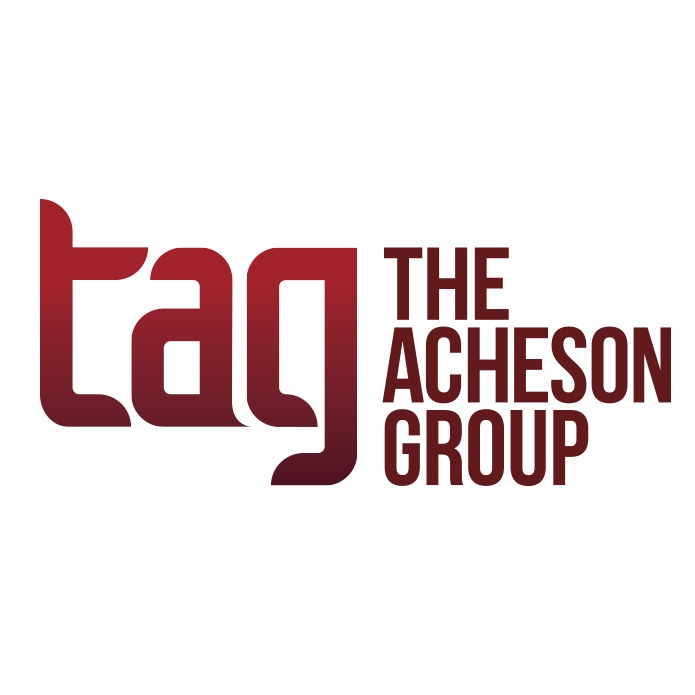Undeclared allergens have historically been a top cause of recalls, and FDA’s 5th Annual Report for the Reportable Food Registry (RFR) is showing that, in Year 5, these not only triggered almost half of the RFR reports for the year, but also that most of the reports were associated with bakeries. Overall, dairy produced the greatest number of primary reports (24) – up by nearly 150% over Year 4 (10), with half of these concerning undeclared allergens. Bakery ran a close second with 23 primary reports. The report, released May 24, summarizes data from the registry’s first five years of operation (September 8, 2009– September 7, 2014). The RFR provides early warning about potential public health risks from reportable foods, assisting in the identification and rapid recall of contaminated, or mislabeled, foods. In Year 5, the RFR received 909 reportable food entries, including 201 primary reports; 464 subsequent reports from suppliers or recipients of a food or feed for which a primary report had been submitted; and 244 amended reports to correct or add information to previously submitted reports. Throughout the five years of reporting, Salmonella, Listeria monocytogenes, and undeclared allergen hazards have been the cause of the greatest number of reports, with these accounting for 88% of all primary entries. On the plus side, positive findings from Year 5 include: Seafood reports decreased by nearly a third, submitting only 7 primary reports in Year 5, compared with 19 reports in Year 4. Its largest decrease was seen in Listeria monocytogenes related reports (12 in Year 4; 6 in Year 5) Animal Food/Feed (including pet food) reports also decreased by close to half with 18 primary reports in Year 5, down from 30. Salmonella-related reports had the greatest reduction (18 in Year 4; 6 in Year 5). Additionally, overall, for Year 5: The total number of RFR reports was lower than in the previous two years. The number of amended industry report submissions increased. Because amended reports are designed to update the FDA on reportable food follow-up activities – and can, according to the report “be considered to be a measure of the efforts of responsible parties to thoroughly investigate a reportable food incident and to determine and correct the root cause of the problem” – the increase in these, along with the decrease in initial reports, seems to have a number of positive indications. Perhaps the significance is simply that of, as FDA states, “industry cooperation and familiarity with the reporting process.” But I see it as also indicating that industry is doing a better job in managing and reducing food contamination and cross contact (thus the fewer reports), and is taking corrective action on that which does occur (thus the increased amended reports). If nothing else, it surely indicates that industry increasingly sees the importance of transparency and on telling what it is doing right, and doing to make things right, in food safety. While the specifics of reported foods may not be available to the public through the RFR, FDA uses the information to help identify key commodity risk points, create alerts, etc. For example, information from RFR submissions during this reporting period helped to protect the public by leading to a nationwide voluntary recall of ready-to-eat salad products due to Listeria monocytogenes contamination, the addition of three firms to Import Alerts, and increased import screening for lead in imported noodles and undeclared milk in imported chocolates. Because these are made public, any corrective action a firm has taken – and reported – can be made a part of the alert. Additionally, FDA uses RFR information for the planning and prioritization of inspections. So, if you’ve reported a food and not followed up with an amended report of investigation and corrective action, I’d certainly expect that the inspection of your plants, or even commodity as a whole, is likely to move up the inspection priority list. Overall, while I see the continued value of the RFR system, it still strikes fear into many in the food industry, and there is often the question of: “We don’t have to report this to the RFR, do we?” for fear of regulatory retribution. My view of the RFR system is to simply do what is needed for compliance; if you don’t, and you get caught, you will be in trouble. If you do submit the report and FDA shows up, then that just comes with the new regulatory territory of today’s food safety system. New RFR Report Shows Positive Signs of Industry Interaction by David Acheson is licensed under a Creative Commons Attribution-ShareAlike 4.0 International License. About The Acheson Group (TAG) Led by Former FDA Associate Commissioner for Foods Dr. David Acheson, TAG is a food safety consulting group that provides guidance and expertise worldwide for companies throughout the food supply chain. With in-depth industry knowledge combined with real-world experience, TAG’s team of food safety experts help companies more effectively mitigate risk, improve operational efficiencies, and ensure regulatory and standards compliance. www.AchesonGroup.com






